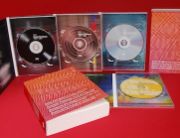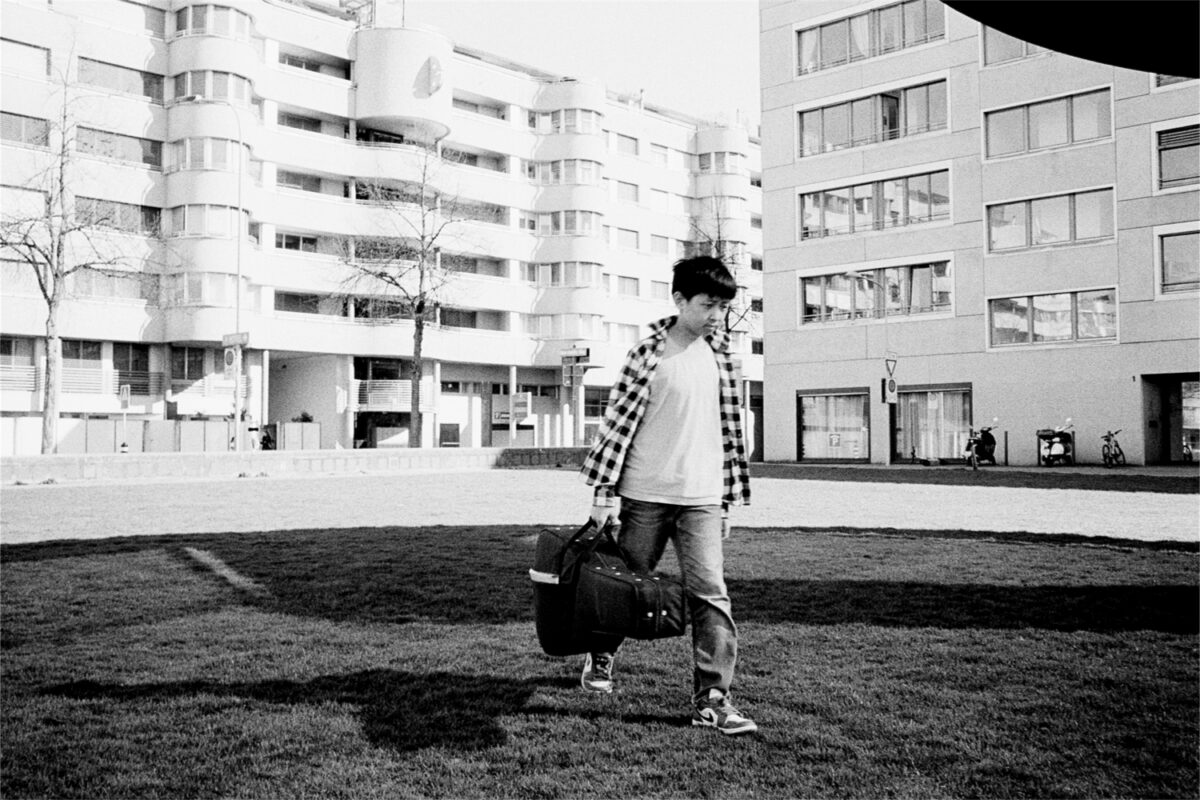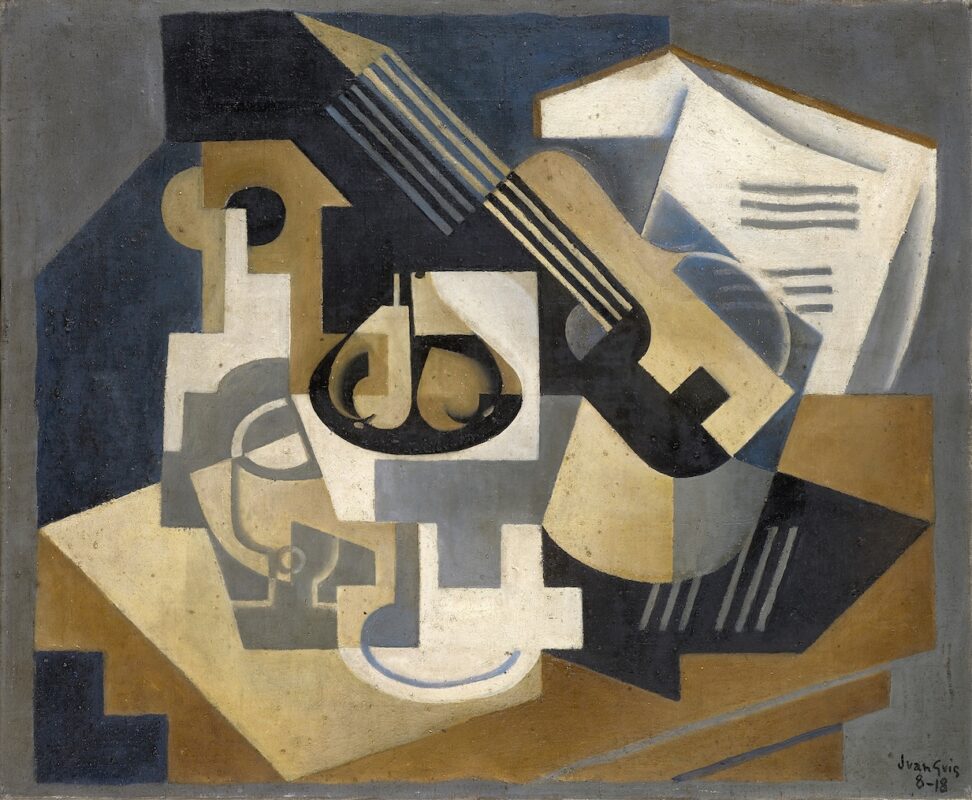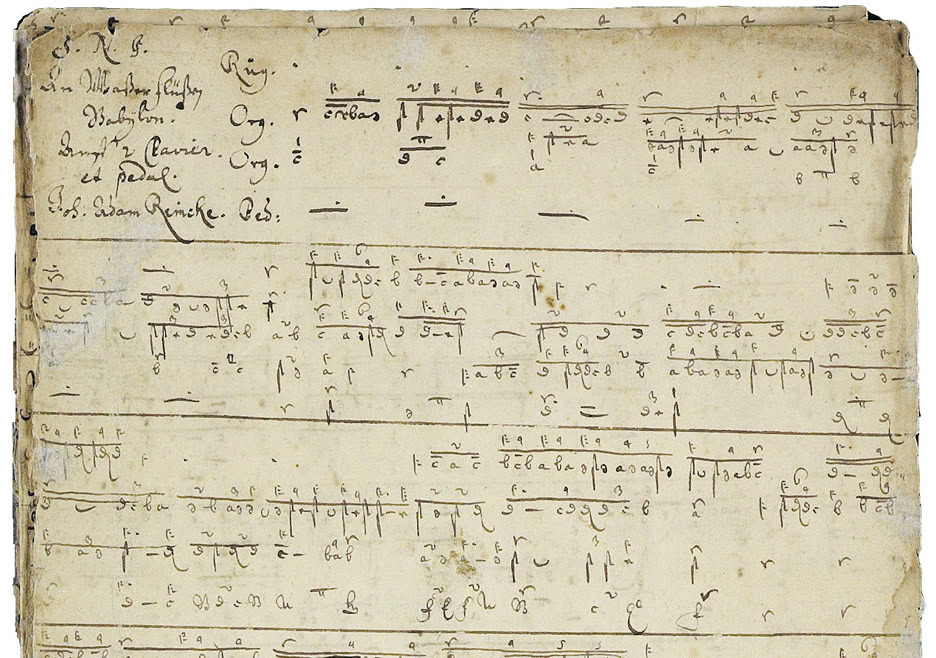Music to see
An anthology in three CDs, a DVD and a book offers comprehensive insights into the history and nature of Swiss film music.
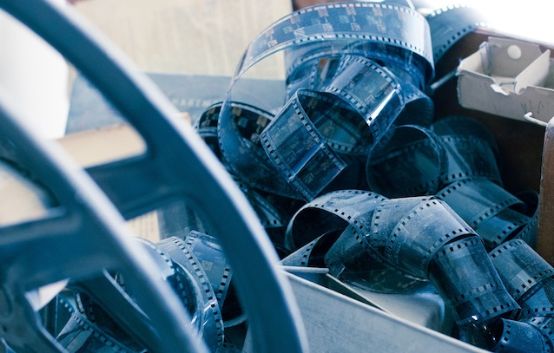
It's funny about the soundtrack. People who are asked about the music directly after seeing a movie usually don't know what they've heard. On the other hand, and now imagine for a moment Play me the song of death some sounds immediately bring images to mind that you have seen years, sometimes decades before. The profound ambivalence of film music is also evident in other areas: Sounds should neither be too cheap or kitschy to accompany images, nor too independent. Thomas Meyer reports in the almost 400-page book of Anthology of Swiss film music 1923-2012 of Arthur Honegger's music for the films Rapt (1934), The demon of the Himalayas (1935) and Farinet (1938). Meyer's conclusion is sobering for the music lover: "Perhaps Honegger's music was simply too original for Swiss film. Originality is a difficult quality. It leads to an aesthetic problem that is always noticeable in these three films: the music is above the picture - and not in the picture. It carries the viewer's attention away, creates distance, opens up the view to an intelligent contemplation, it makes the viewer shudder, but it does not invite him to identify with the characters and it does not allow him to enter into their feelings." (S. 89)
Honegger's unsuccessful dips into the bag of tricks of the high art of composition were certainly not the only contributions to Swiss film music. On three CDs and a DVD, the anthology, which was made possible by the Fondation Suisa, documents a rich selection of diverse directions. There are Honegger's fellow composers, for example Bruno Spoerri, who is featured six times on the DVD. To La Maggiaan experimental film made in 1970 by Kurt Aeschbacher, which shows various shots of water, Spoerri contributed electronic music that acoustically doubles dripping noises, but also reflects energetic states of water such as flowing or stagnation. Mathias Spohr, editor of the comprehensive anthology, emphasizes the diversity, the "polyphonic choir" of Swiss film music. The breadth and particular development is indeed remarkable, ranging from the instrumental music of the early 1920s to the first electric sound generators (Ondes Martenot, Trautonium) and modern sound designs. The cultural and historical background, which Bruno Spoerri describes vividly and impressively, proves to be particularly fruitful. This includes the advent of the sound film, which made many Swiss musicians unemployed. And it also includes insights into Zurich cinema in the 1920s and 1930s. Some of the commercials for Orange or Migros are somewhat questionable, with neither convincing content nor music. But well, these are minor details. The anthology, which has been thoroughly edited, is of great value not only to the rare species of film music researchers.
Mathias Spohr, Anthology of Swiss Film Music 1923-2012, box with three audio CDs, a DVD and a book (396 p.), edited by Mathias Spohr, in German, French, Italian and English, hardcover, Fr. 69.00, Chronos Verlag, Zurich 2015, ISBN 978-3-0340-1265-2






